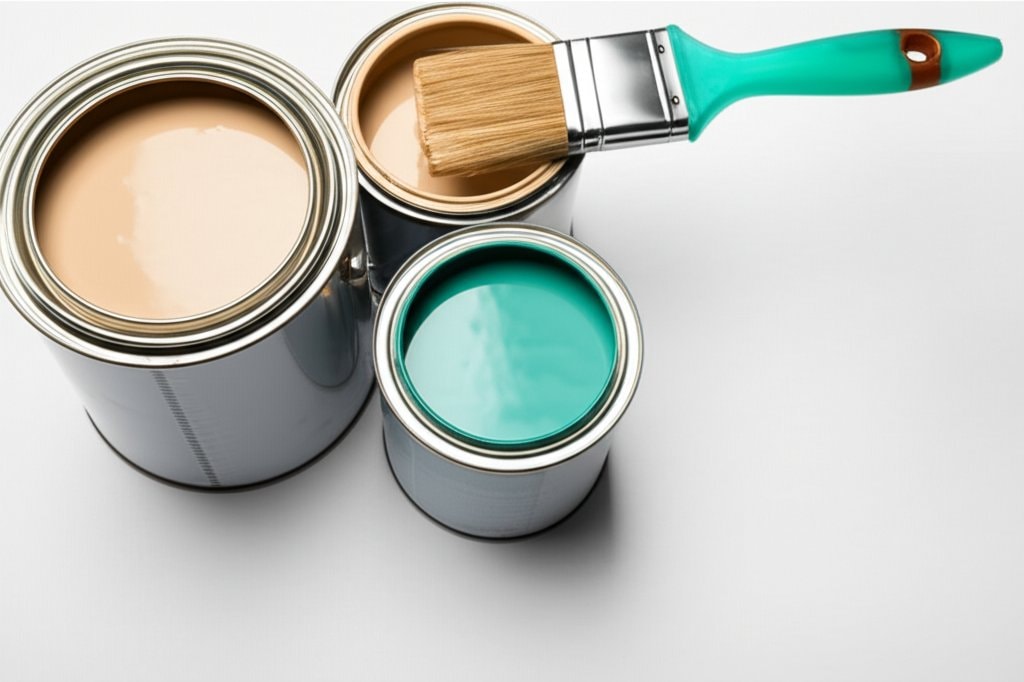Primer Brands: Why They Outweigh Paint Choices in 2025
Homeowners often prioritize selecting the ideal paint shade to refresh their spaces. However, the primer brand chosen plays a more critical role in the project's enduring quality. Beyond providing a uniform base, effective primers seal porous surfaces, promote even absorption, and create a robust bond for the topcoat. Opting for subpar primers risks issues like flaking finishes, inconsistent application, and expensive fixes later.
The Superior Role of Primer Over Paint
Paint delivers the visual appeal and personality to a room. Primer, however, secures that appeal against time and wear. It facilitates proper paint attachment, conceals underlying imperfections, and shields against issues like humidity infiltration. This foundation proves essential for surfaces such as fresh drywall installations, untreated lumber, or areas with prior discoloration. Selecting a dependable primer brand instills assurance in a flawless, resilient outcome that withstands daily use.
Typical Pricing for Primer Products
Primer typically costs less than comparable paint volumes, yet its influence on overall performance exceeds that of the finish coat. Expect to pay $15 to $40 per gallon for standard options. Advanced formulations tailored for heavy-duty stain resistance or enhanced bonding may reach $50 to $70 per gallon. Coverage varies from 250 to 400 square feet per gallon, influenced by the substrate's texture and the method of application.
- Entry-level primer: $15 to $25 per gallon, suitable for smooth, clean surfaces.
- Mid-tier primer: $25 to $45 per gallon, offering improved coverage and basic protection.
- High-end primer: $45 to $70 per gallon, ideal for challenging conditions like high humidity.
Professional services often incorporate primer application within the total fee. This step usually requires an extra one to two hours per room, adding $50 to $150 based on regional labor rates.
Key Influences on Primer Expenses
The nature of the surface significantly impacts primer needs and costs. Fresh drywall soaks up material rapidly, sometimes demanding two layers for full saturation. Problematic areas like smoke-affected walls or moisture-compromised wood call for targeted formulas.
Reputable brands deliver superior sticking power, effective blemish concealment, and efficient spread, often eliminating the need for repeat applications. Scale of the job matters too; expansive areas demand greater quantities, elevating both supplies and workforce expenses.
Application techniques also factor in. Brush or roller methods minimize waste, while spraying accelerates the process but can increase material use. Addressing repairs for issues like mildew growth or deep-set residues necessitates pricier, specialized products to ensure thorough preparation.
Evaluating Primer Tiers for Different Needs
| Primer Category | Entry-Level Range | Mid-Tier Range | High-End Range | Primary Distinctions |
|---|---|---|---|---|
| General Purpose | $15 - $25 | $25 - $35 | $35 - $50 | Standard coverage compared to superior bonding and longevity |
| Stain Blocking | $20 - $30 | $30 - $45 | $45 - $70 | Blocks light marks versus containing severe water, nicotine, or wood extract stains |
| Specialty Surface | $25 - $35 | $35 - $50 | $50 - $70 | Basic grip on easy substrates versus secure hold on slick, metallic, or concrete bases |
Lasting Advantages and Cost Efficiency
Investing in quality primer yields quick returns through enhanced project resilience. This choice cuts down on extra paint layers and averts early deterioration. Those who prioritize established primer brands extend their coatings' lifespan, sidestepping frequent interventions and preserving budget over time.
Practical Tips to Optimize Primer Spending
Consider all-in-one primer-paint solutions for minor updates on well-maintained walls with subtle shade shifts. Perform preliminary work such as light sanding or dust removal to streamline professional efforts.
Purchasing in bulk lowers unit prices for bigger undertakings. Align primer selection precisely with surface characteristics to maximize each coat's effectiveness and avoid excess usage.
Building a Solid Project Budget
Reserve at least 20 percent of materials allocation for primer to cover varied surface demands without mid-project adjustments. Consult with painters on their preferred brands and the rationale behind selections. Reliable experts detail how these decisions shape expenses and final durability, empowering informed planning.
Frequently Asked Questions
What Does a Standard Room's Primer Cost Typically Run?
One gallon suffices for most rooms, priced at $20 to $45, plus $50 to $150 in professional labor for application.
Which Elements Drive Primer Pricing the Most?
Conditions of the surface, brand reliability, scope of work, and requirements for custom formulas exert the strongest effects.
How to Cut Primer Costs While Maintaining Standards?
Select trusted mid-tier options, manage basic prep independently, and procure larger volumes for discounts.
Is DIY Priming or Professional Service Preferable?
Self-application trims labor fees but demands meticulous preparation. Experts guarantee uniform results and optimal product matches.
Budgeting for Potential Primer Surprises?
Allocate 10 to 15 percent of the total painting funds as a buffer, particularly for flawed or blemished areas.
Optimal Timing for Priming to Minimize Expenses?
Off-peak seasons offer lower rates as painters face less demand and greater scheduling flexibility.



